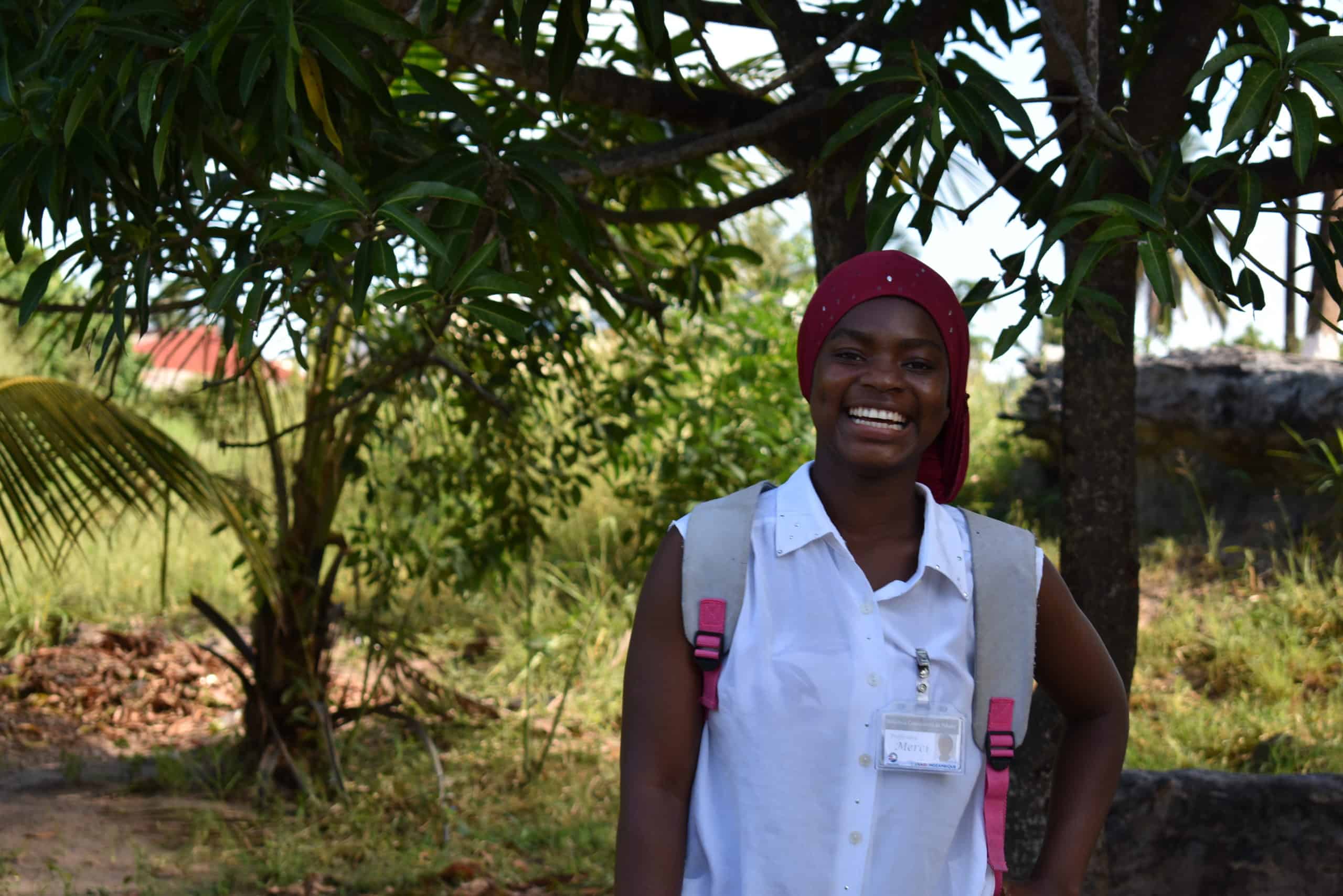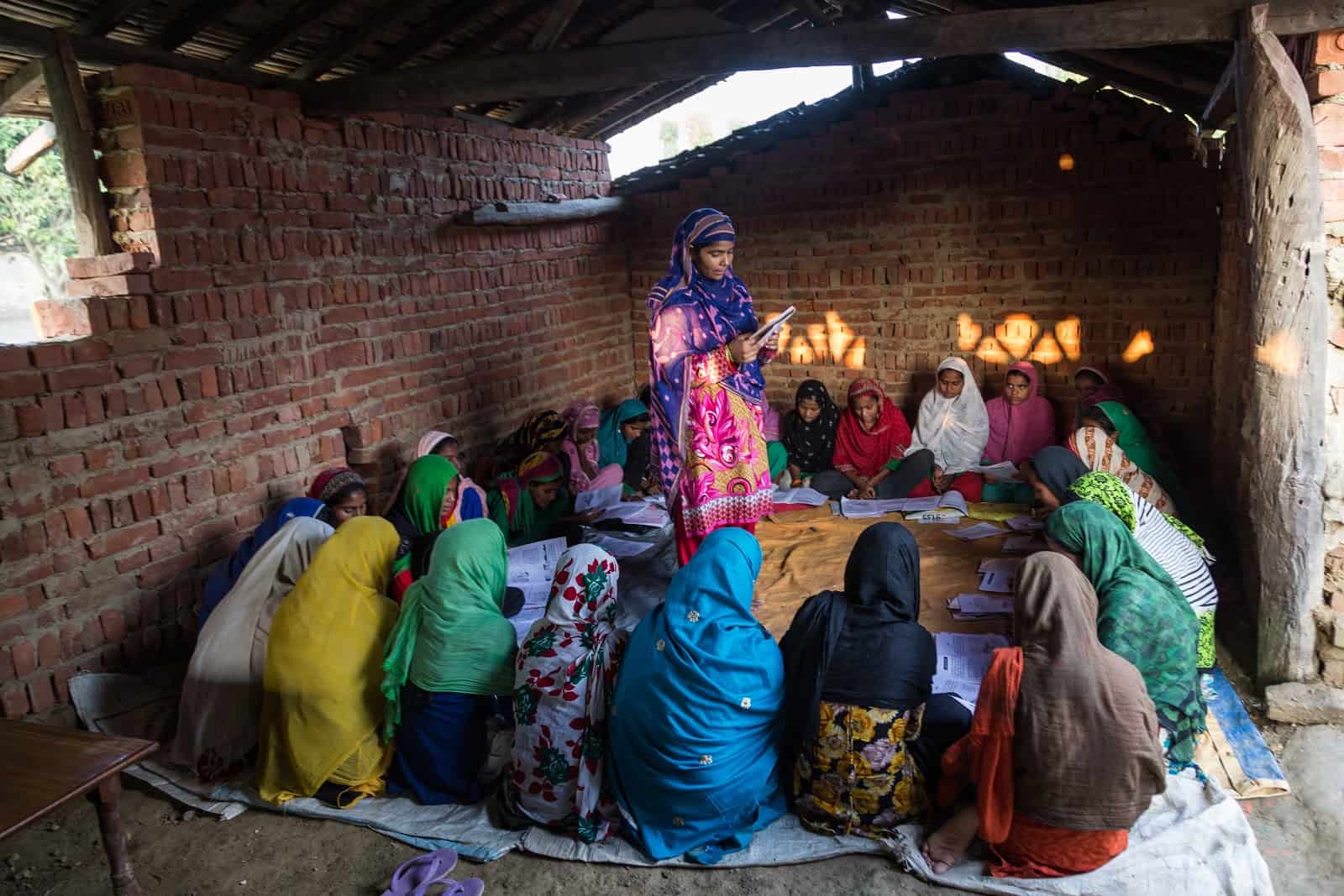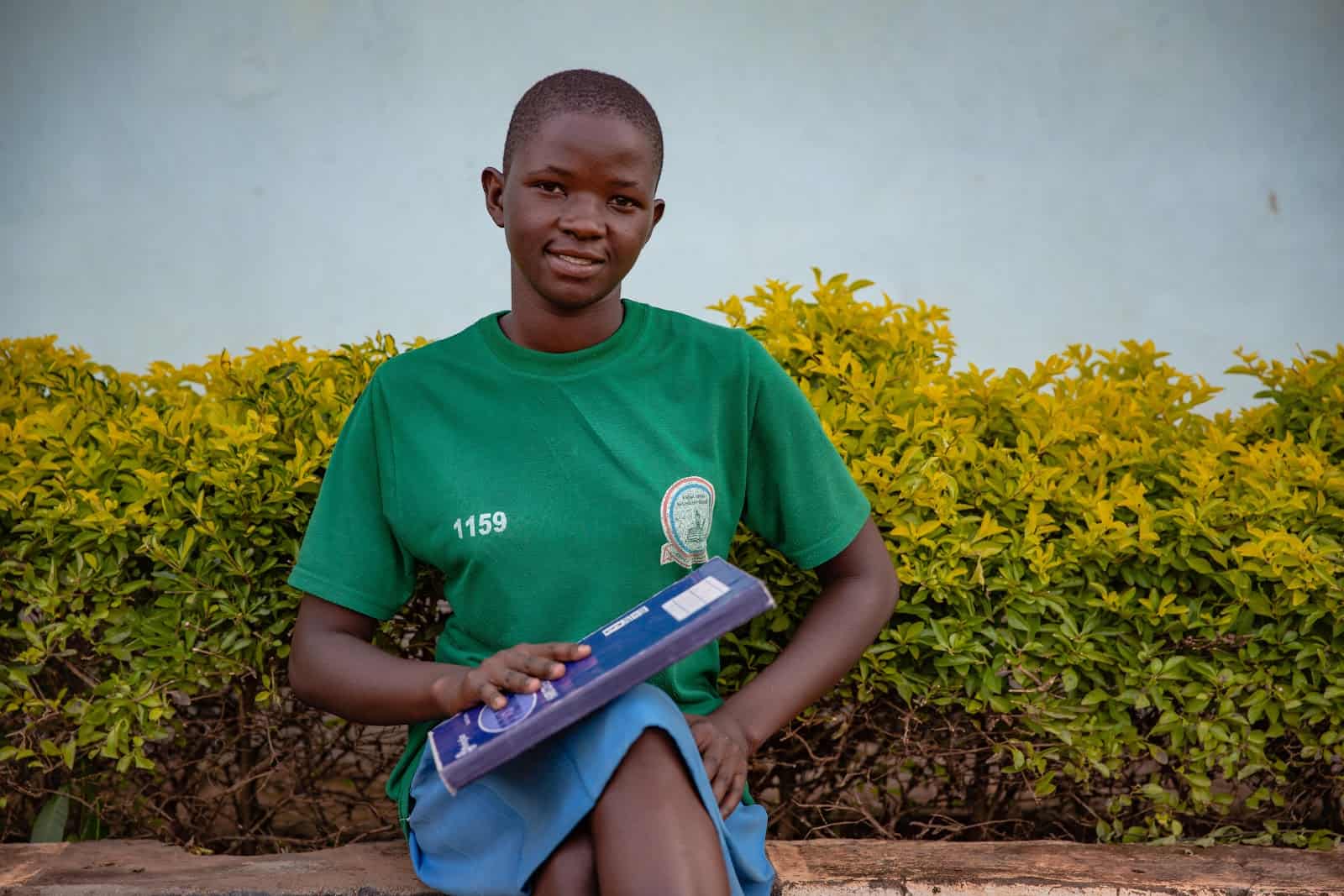This website uses cookies so that we can provide you with the best user experience possible. Cookie information is stored in your browser and performs functions such as recognizing you when you return to our website and helping our team to understand which sections of the website you find most interesting and useful.
Increasing Access to Learning on
January 24 is International Education Day, a day where we celebrate and take action toward inclusive, equitable, and quality education for all.
According to UNESCO, 262 million children and youth are not in school. These young people, many of them girls, are out of school due to a number of circumstances: they have to work to support their family, they are forced into marriage at a young age, they live too far away from school, or their families simply cannot afford it.
So how do we reach out-of-school youth? Every classroom has unique students, and every student has a story. By understanding the needs of individuals and communities, we can increase access to learning around the world. In honor of International Education Day, here are three different classrooms where students gather to begin lifelong careers as learners.
Mozambique
In Mozambique, quality school time can be limited due to teacher absenteeism and a lack of grade-appropriate teaching materials. To improve early grade literacy outcomes, World Education trains Peace Corps volunteers and community members to run local community library programs.

Community volunteers like Merci help provide an engaging and interactive space for children to learn how to read. The library volunteers incorporate games and songs into each session, and adjust the program to meet the needs of the communities they serve.
Every Saturday, you can find Merci at her village library, leading small, informal literacy classes that give students individualized attention and support that they often do not get at public school.
I think that helping children learn to read is essential for a better future. Now we have a place in our neighborhood where children can have fun and learn at the same time.” -Merci
As of October 2018, community library programs are active in 9 provinces of Mozambique, reaching more than 2,500 children across 93 locations.
Nepal
In Nepal, both mothers and daughters are getting a second chance at learning.
Through a project called Sang Sangai—Learning Together—out-of-school adolescent girls participate in nonformal education classes and then receive support to transition to formal school. Separate classes are held for mothers who never had a chance to go to school themselves. Girls and mothers help each other study at home, and regular intergenerational meetings stimulate discussion about topics of interest to the women and girls, especially social issues.

With many of the men in the area leaving for work in India and Gulf countries, the skills mothers gain in this class go a long way.
One mother and daughter pair received the support they needed to be able to prioritize education for each of them. Sabium, the head of her household, is learning how to read, write, and use basic math to help her manage her family’s finances. Her daughter Khusabu is learning about health and hygiene practices, the benefits of delaying marriage, and how to read and write in Nepali.
Today, Sabium is hopeful that her daughter will have a better future than what was available to her.
Uganda
At age 17, Rose lost her father to AIDS. Her mother, now a single parent, struggled to send Rose, 17, and her seven siblings, to school and provide food for the family. One by one, her elder siblings dropped out of school to support the family, and it was not long before it was Rose’s turn to leave school too.
Shortly after Rose dropped out, community leaders in her village visited her home with a para-social worker from the Better Outcomes program, implemented by the Bantwana Initiative of World Education.

With the para-social worker, Rose and her family developed a care plan aimed to address key factors impacting their vulnerability. Alongside other girls in her program, Rose learned about how to protect herself against gender-based violence while building relationships with girls who struggled with issues just like hers.
Rose was able to transition back into formal schooling with the help of a scholarship and returned to school last year.
My mom has been saving money for the last two years to help me complete my education. I am happy because my dream of being a doctor is alive again.”
You have the power to change the lives of out-of-school youth and vulnerable families. This International Education Day, please help support our work to increase access to education for all.

